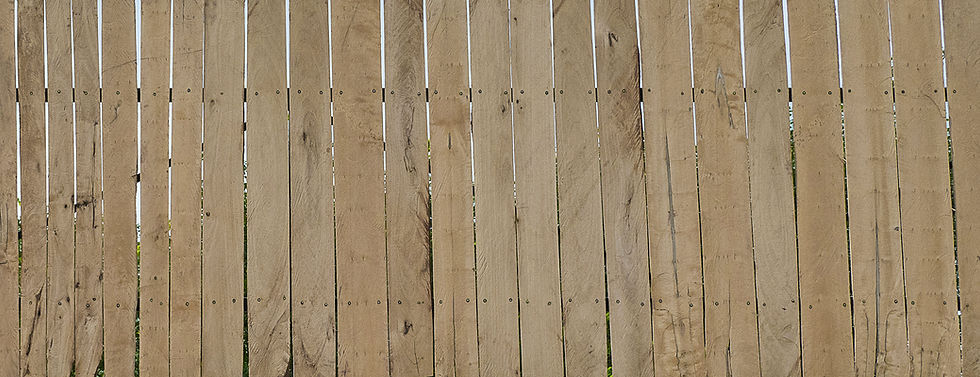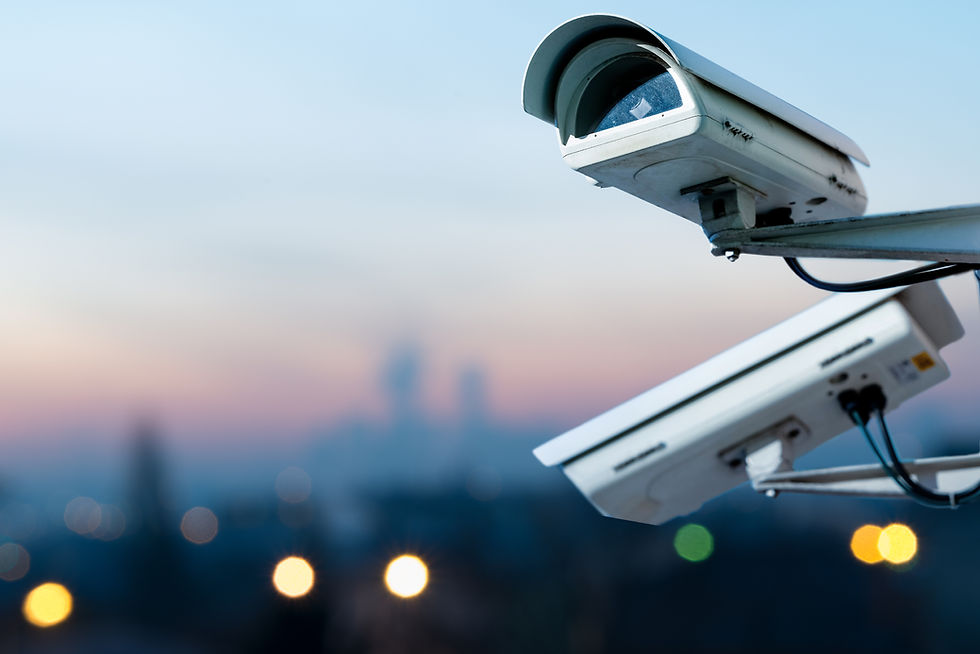
When it comes to raising livestock, ensuring their safety and well-being is of utmost importance. One critical aspect of livestock management is securing fencing and enclosures to prevent escapes, protect them from potential threats, and maintain the overall safety of the surrounding community.
In this article, we will delve into the essential considerations and practices for securing fencing and enclosures for livestock safety. From understanding the significance of secure fencing to choosing the right materials and implementing additional security measures, we will explore various aspects that contribute to creating a secure environment for your livestock. By following these guidelines, you can minimize the risks associated with escapes and safeguard your livestock, while promoting efficient farm operations.

1. Importance of Secure Fencing for Livestock Safety
Understanding the Risks of Inadequate Fencing
When it comes to keeping our livestock safe, secure fencing is an absolute must. Inadequate fencing can lead to a whole host of problems, from animals escaping to potential injuries or even loss of livestock. It's important to understand the risks involved in having subpar fences on your farm.
The Impact of Livestock Escape on Farm Operations
Livestock escape can be a nightmare for farmers. Not only does it disrupt the daily operations of the farm, but it can also lead to significant financial losses. Escaped animals can destroy crops, trample on sensitive areas, and even cause accidents on nearby roads. Ensuring that your fences are secure will save you from the headache and expenses that come with dealing with escaped livestock.
Ensuring the Safety of Livestock and the Surrounding Community
Secure fencing is not only important for the well-being of your livestock, but it also safeguards the surrounding community. Escaped animals can pose a danger to people, pets, and property. By investing in secure fencing, you can help prevent potential accidents and maintain a safe environment for both your livestock and those living nearby.

2. Choosing the Right Type of Fencing for Livestock
Considering the Specific Needs and Behavior of Livestock
Not all livestock have the same needs and behaviors when it comes to fencing. Some animals, like cattle, may require sturdy fencing that can withstand their strength and size. Smaller animals, such as sheep or goats, may need fencing with closer spacing to prevent them from squeezing through. Understanding the specific requirements of your livestock is crucial in choosing the right type of fencing.
Exploring Different Fencing Materials and Their Pros and Cons
When it comes to fencing materials, there are plenty of options to choose from. Wood, wire mesh, vinyl, and electric fencing are just a few examples. Each material has its own advantages and disadvantages in terms of durability, maintenance, and cost. Taking the time to explore different fencing materials will help you make an informed decision that suits both your needs and budget.
Assessing Budget and Long-Term Maintenance Requirements
While it's tempting to solely focus on the initial cost of the fencing, it's essential to consider the long-term maintenance requirements as well. Some fencing materials may require more upkeep over time, which can add to your expenses. Assessing your budget and weighing the maintenance requirements will help you choose a fencing solution that is both cost-effective and sustainable in the long run.

3. Factors to Consider in Fencing Design and Placement
Determining the Size and Layout of the Livestock Enclosure
Before starting the installation process, it's crucial to determine the appropriate size and layout of your livestock enclosure. This will depend on factors such as the number of animals, their size and breed, and the space available. A well-designed enclosure will not only provide adequate space for your livestock but also make it easier to maintain and manage them.
Evaluating Terrain, Climate, and Natural Barriers
The terrain, climate, and natural barriers of your farm are factors that should not be overlooked when designing your fencing system. Steep slopes, rocky areas, or areas prone to flooding may require special considerations. Additionally, understanding the local climate and its impact on fencing materials will help you choose options that can withstand the elements and last longer.
Addressing Potential Threats and Predators
While secure fencing helps keep your livestock safe from escaping, it's also important to consider potential threats from predators. Depending on your location, you may have to incorporate additional features such as electric fencing or predator-proof mesh to deter predators and ensure the safety of your livestock.

4. Essential Components for a Secure Livestock Enclosure
Installing Sturdy Corner and Gate Posts
When it comes to fencing, strong corners and gate posts are vital for maintaining the integrity of the enclosure. Animals often put pressure on these areas, so ensuring they are sturdy and properly installed is crucial to prevent any weak points in the fence.
Selecting the Appropriate Fencing Height and Spacing
The height and spacing of the fencing should be carefully chosen to suit the needs of your livestock. Animals have different jumping abilities and tendencies to push or lean on fences. By selecting the appropriate height and spacing, you can prevent escape attempts and ensure that animals are safely contained within the enclosure.
Incorporating Electric Fencing for Added Security
Electric fencing can be a valuable addition to your livestock enclosure when it comes to enhancing security. It provides an extra deterrent for curious or determined animals, as well as helping to keep predators at bay. However, it's important to use electric fencing responsibly and ensure that animals are properly trained to respect it.

5. Effective Techniques for Installing and Maintaining Fencing
Preparing the ground and marking boundaries
Before you start fencing, it's important to prepare the ground properly. Clear any debris, rocks, or branches that could hinder the installation process. You don't want your fencing adventure to turn into an obstacle course for your livestock.
Additionally, mark the boundaries clearly so you know where to install the posts and wires. This will save you the embarrassment of accidentally fencing in your neighbor's prize-winning tomato garden instead of your own pasture.
Choosing the right tools and equipment
Choosing the right tools can make all the difference when it comes to installing fencing. Make sure you have a sturdy post-hole digger, wire cutters, and a level to ensure your fence is properly installed and doesn't end up looking like a Picasso painting.
Invest in high-quality materials such as galvanized steel or heavy-duty wire mesh to ensure your fencing stands the test of time. After all, you want your fence to hold up better than your weekend DIY project that collapsed after two hours.
Regular inspection, repair, and maintenance practices
Just like you wouldn't skip a doctor's appointment, don't neglect your fence's health either. Regularly inspect your fencing for any signs of wear and tear, loose wires, or sagging posts. Repair any damages promptly before small issues turn into "The Great Escape: Livestock Edition."
Maintaining your fencing is also crucial. Keep the area around the fence clear of vegetation, especially those pesky vines that can strangle your wires like a jungle boa constrictor. And remember, a little bit of maintenance can go a long way in preventing your fence from becoming the neighborhood eyesore.

6. Addressing Common Challenges and Risks in Livestock Fencing
Dealing with soil erosion and fence sinking
Soil erosion can be a real pain in the pasture. To prevent your fence from sinking into the ground like a forgotten treasure chest, consider installing deep post foundations or even concrete footings. This will give your fence the stability it needs and keep your livestock from playing "The Great Escape: Part 2 - Revenge of the Cows."
Mitigating damage from extreme weather conditions
Mother Nature can be quite the troublemaker, but you can outsmart her by taking some proactive measures. Reinforce your fencing with additional bracing or thicker gauge wire to withstand strong winds or the snowdrifts that rival Mount Everest. And don't forget to check your fence after a storm, just in case it decided to take a vacation to Oz.
Handling potential issues with wildlife interference
Ah, pesky wildlife. They always seem to think your pasture is their personal buffet. To discourage unwanted visitors from playing "snack attack" on your livestock, consider installing electrified wires or adding wildlife deterrents such as motion-activated sprinklers or a karaoke machine playing the latest hits from the 90s. Trust us, even wildlife has standards.

7. Implementing Additional Security Measures for Livestock Safety
Installing surveillance cameras and alarm systems
If you want to take your livestock security to the next level, consider installing surveillance cameras. Not only will you catch any suspicious activity, but you'll also have footage for your own version of "America's Funniest Fence Fails." And don't forget the alarm system to scare away anyone who thinks your pasture is a shopping mall.
Utilizing motion sensor lights and deterrents
Motion sensor lights can be a practical and cost-effective way to deter potential intruders. Plus, they'll give your livestock a runway-worthy glow-up during those late-night grazing sessions. And if you want to get a little creative, consider using scarecrows or garden gnomes strategically placed around the fence. Nothing says "stay away" like a gnome with a constant smirk.
Exploring GPS tracking and identification technologies
In this digital age, even your livestock can have a GPS. Explore technologies that allow you to track your animals, so you can find them faster than you can say "where's my cow?". And while you're at it, consider identifying your livestock with ear tags or microchips. Not only will they look like the latest fashion accessory for cows, but they'll also help you keep track of your herd.
Securing fencing and enclosures for livestock safety is an integral part of responsible livestock management. By understanding the risks of inadequate fencing, choosing the right type of fencing, and considering factors such as design, placement, and maintenance, you can create a secure environment for your livestock.
Additionally, implementing additional security measures can further enhance the safety of your livestock and provide peace of mind. By prioritizing the well-being and safety of your livestock, you not only protect your investment but also contribute to a sustainable and efficient farming operation. With the knowledge and practices outlined in this article, you are well-equipped to ensure the safety of your livestock and the overall success of your farm.
By prioritizing the security of your livestock through secure fencing, you can avoid the headaches and financial losses that come with escaped animals. Taking the time to choose the right type of fencing, considering factors such as design and placement, and incorporating essential components will help create a safe and secure environment for both your livestock and the surrounding community. So, let's fence our livestock in a way that even the craftiest escape artists would applaud (or at least leave scratching their heads)!
Comentarios